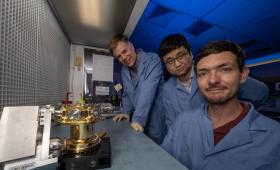An instrument designed and built by Lawrence Livermore National Laboratory researchers departed Earth last week on a two-billion-mile, nearly six-year journey through space to explore a rare, largely metal asteroid.
Science and Technology Highlights
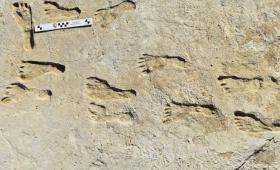
New research reaffirms that human footprints found in White Sands National Park, New Mexico, date to the Last Glacial Maximum, placing humans in North America thousands of years earlier than once thought. In September 2021, U.S.
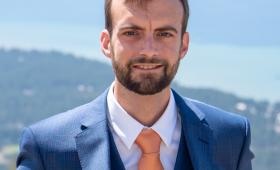
Lawrence Livermore National Laboratory physicist Alex Zylstra has been awarded the 2023 Edouard Fabre Prize for his experimental leadership of the milestone “Hybrid-E” campaign that achieved fusion ignition at the National Ignition Fa
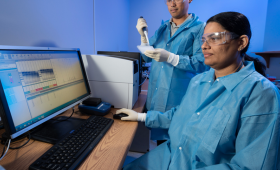
LLNL scientists along with collaborators from the University of California, Davis have adapted previously described engineered bone marrow (eBM) for use as a 3D platform to study how microenvironmental and immune factors affect OS tumor progression.
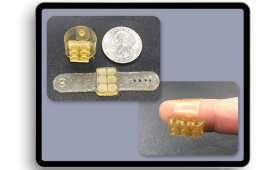
Engineers and chemists at LLNL and Meta have developed a new kind of 3D-printed material capable of replicating characteristics of biological tissue, an advancement that could impact the future of “augmented humanity.”
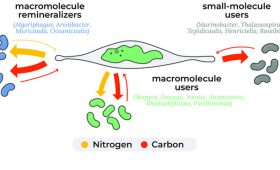
Researchers from Lawrence Livermore used LLNL’s nanoSIMS to understand and quantify the role of the algal microbiome in processing algal carbon (C) and nitrogen (N). The research appears in Nature Communications.
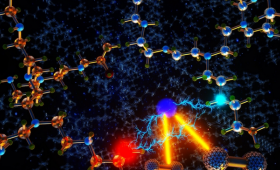
In a significant stride toward implementing scalable climate solutions, LLNL scientists have uncovered how some carbon capture materials have improved lifetime compared to others. These materials are key in addressing greenhouse gas emissions and global warming concerns.
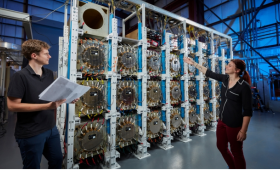
Members of LLNL’s Advanced Sources and Detectors (ASD) Scorpius accelerator team recently marked a major milestone in the project — the delivery of 24 line-replaceable units (LRUs), known as pulsers, forming a complete unit cluster.
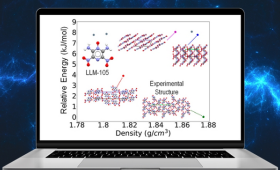
Research by LLNL and collaborators from Carnegie Mellon University demonstrates that crystal structure prediction is a useful tool for studying the various ways the molecules can pack together, also known as ubiquitous polymorphism, in energetic materials.
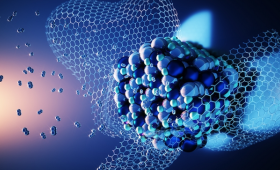
LLNL computational scientists worked with experimental collaborators at Lawrence Berkeley and Sandia national laboratories to design metal amide-based composites capable of overcoming key kinetic limitations in their performance as hydrogen storage materials.

